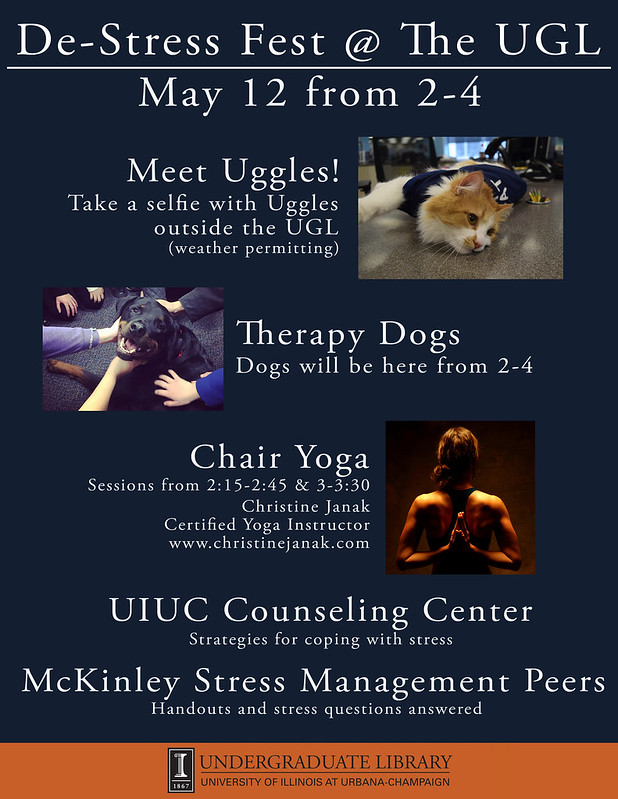This semester we have covered many
human- animal interactions. We learned about how animals were first
domesticated, the different ways that a person may treat an animal, and how
humans tend to anthropomorphize animals. Many people have grown to treat animals
like their family instead of a
 n animal, and this caused humans to sympathize
animals. This class explored the history of animals including how the “civil
right movement for animals”, also known as speciesism started. Animals are
utilized for a broad range of activities in sports, films, research, workplaces
and homes. This course explains these and many more topics in which animals
part take in. Although all of the subjects were fascinating to learn about, the
two topics that intrigued me the most were Animal-Assisted Activities and
Therapy and Pet ownership in Underserved populations.
n animal, and this caused humans to sympathize
animals. This class explored the history of animals including how the “civil
right movement for animals”, also known as speciesism started. Animals are
utilized for a broad range of activities in sports, films, research, workplaces
and homes. This course explains these and many more topics in which animals
part take in. Although all of the subjects were fascinating to learn about, the
two topics that intrigued me the most were Animal-Assisted Activities and
Therapy and Pet ownership in Underserved populations.
Animal-assisted Activities and
Therapy can be categorized into two different types. One type is animal
assisted activities, which are activities that have no particular goal other
than to motivate someone or relax them. These activities are often spontaneous.
For example, during finals week in the University of Illinois at
Urbana-Champaign, there are sessions with dogs in which students can interact
with to calm a student a bit. The second type of animal activities is animal
assisted therapy. Animal Assisted Therapy differs from animal-assisted
activities in that these sessions require a certain length of time depending on
the assigned task. These are goal oriented visits that need both the patients
and animals to be active and work on improving individual skill. These skills
can be physical, mental/emotional, and motivational goals. An example can be
letting a person, who has recovered from a stroke, brush a dog. This activity
is helping the patient work on his/her fine motor skills as well as motivating
them to reach for the dog. Overall animal assisted activities can have a
broader goal because it is more passive than animal assisted therapy.
Several programs organize and
recruit volunteers and animals for animal-assisted activities and therapy. Pet
Partners is a program that gathers teams and sends them out to where they are
needed. Pet Partners accept volunteers only after they pass an evaluation in
which both the dog and handler are examined as a team. Just like any other
program, there are regulations for the type of animal that can be permitted.
Animals like dogs, cats, llamas, horses, rabbits, rats, and parrots are
accepted. Two programs that I loved were “Puppies behind bars” and “Green
Chimneys.” Puppies behind bars is a program where certain prisoners are allowed
to train service and shelter animals with the help of a professional trainer.
This program not only emotionally benefits the prisoners but also helps them
grow in skills like responsibility and leadership. This program gives prisoners
a chance to change their lives because they can see what they are capable of
doing. Green Chimneys is a school for students who have physical, mental,
social or emotional issues. It is a school that requires the students to care
for the animals that are there. These types of interactions are beneficial for
the students. This school is using human-animal bonds to help solve or improve
with the student’s issues.
Pet ownership in underserved
populations is a topic that many people do not acknowledge. It is very easy to
believe that someone who is labeled as “poor” should not own a pet. As people
think about pet owners who can only afford the necessities for their pet, many
of them tend to label the person as a bad pet owner. However whether people
have millions of dollars or only less one hundred dollars, people care for and
love their pets. Most people in underserved populations want to provide the
best care for their pets; however, many are uneducated about free services,
vaccines, or programs offered to improve the lives of their pets. As stated in
class, to reach out to communities and not offend anyone people need to remain
non-judgmental, stay focused on the goal, be patient, empathize, be accessible,
and stay positive. Being informative and educating pet owners about spay/neuter
and vaccines can be very beneficial. There are services offered all around the
United States. Pet for Life is a program that provides services for people in
underserved populations in the main cities like Chicago, New York City, Los
Angeles and many more. In Champaign, there are vaccines clinics where people
get their pets vaccines for a low price and are offered other services as well.
Another program in the city is CANOPY, which stands for Care and Assistance to
Needy Outdoor Pets Year-round. The goal of this program is to provide a spot
where the animal may hide in inclement weather, lighter chains, and other
things that better protects the animal from extreme weather conditions.
Programs like these vary from city to city; however, there are many programs
out there that are available to underserved populations all over the United
States.
http://lucyram9517.blogspot.com/2015/12/this-semester-we-have-covered-manyhuman.html
